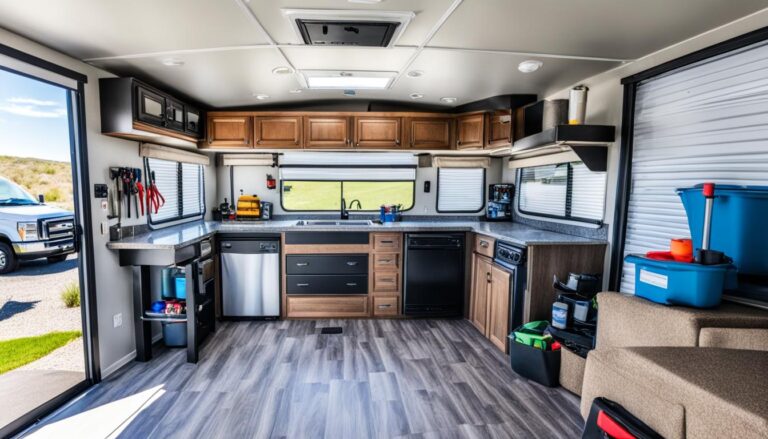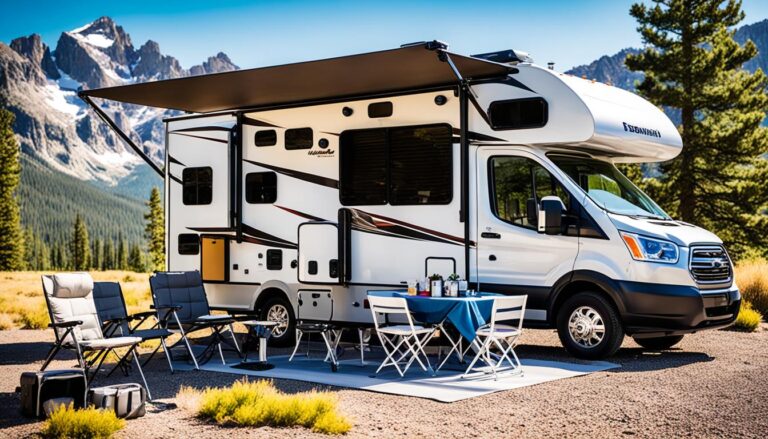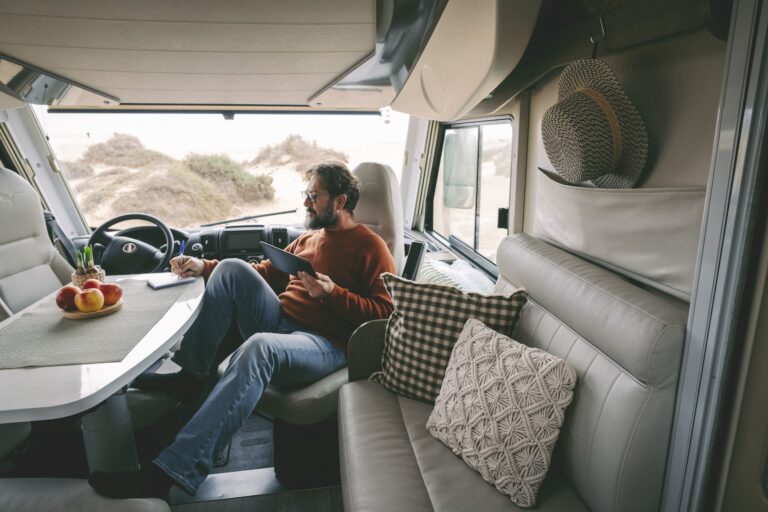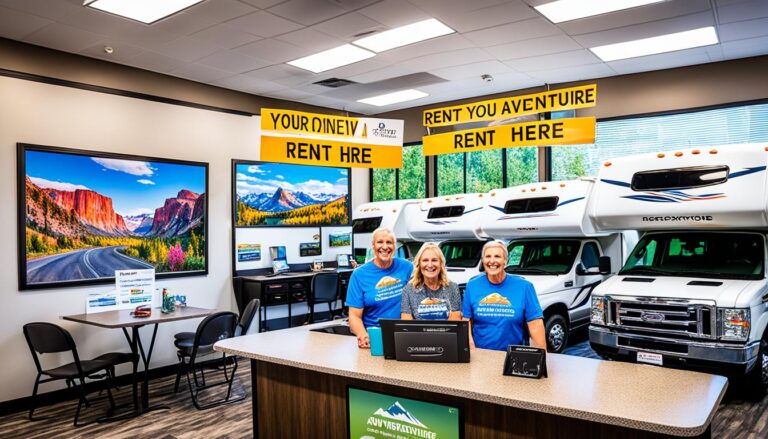The United States is home to 63 breathtaking national parks, each with its unique natural beauty and opportunities for adventure. These parks are spread across the country, making them the perfect destinations for RVers who want to hit the open road and experience America’s natural wonders. In this comprehensive guide, we’ll take you through everything you need to know about exploring national parks with your RV, including expert tips, must-see attractions, and our top five recommended parks for RVers.
Benefits of Exploring National Parks with an RV
There’s no better way to explore America’s natural wonders than by hitting the open road with your recreational vehicle. Here are some of the advantages of RVing through national parks:
- Flexibility: An RV allows you the freedom to travel at your own pace, stay in one place longer, and change your plans as you see fit. There are no strict itineraries or hotel check-out times to worry about.
- Comfort: With an RV, you have your accommodations and amenities with you at all times. Enjoy your own bed, bathroom, and kitchen, making your trip more comfortable and convenient.
- Cost-effective: Traveling with an RV can be more cost-effective than staying in hotels or renting vacation homes, especially if you’re visiting multiple national parks.
- Bonding experience: RVing is a great way to bond with family and friends. Exploring national parks together creates lasting memories and strengthens relationships.
- Connecting with nature: Staying in national park campgrounds allows you to fully immerse yourself in the beauty and serenity of your surroundings.
Traveling to National Parks: Tips and Tricks for RVers
Before you embark on your journey, consider these expert tips to make your national park RV adventure enjoyable, safe, and stress-free:
- Plan Your Route and Itinerary: Research the national parks you want to visit, as well as the best routes and campgrounds for your RV. Plan your itinerary, but leave room for flexibility in case of last-minute changes.
- Check Park Accessibility: Some national parks have restrictions on the size of RVs they can accommodate, while others have roads that may not be suitable for large RVs. Check each park’s website for information on accessibility and any seasonal road closures.
- Be Prepared for Varied Weather Conditions: Weather can be unpredictable in national parks, especially at higher elevations. Pack appropriate clothing and gear for a range of conditions, and be prepared to adjust your plans if necessary.
- Safety First: Familiarize yourself with the park’s safety guidelines and regulations. Always carry a first aid kit, and be aware of your surroundings, especially when hiking or exploring remote areas.
- Respect Wildlife: Keep a safe distance from wildlife and never feed them. Store food and scented items securely to avoid attracting animals to your campsite.
5 Must-See National Parks for RVers
While all national parks are worth visiting, here are our top five recommendations for RVers:
- Yellowstone National Park, Wyoming/Montana/Idaho: America’s first national park boasts a diverse ecosystem, extraordinary geothermal features, and abundant wildlife. Must-see attractions include Old Faithful, Grand Prismatic Spring, and the Grand Canyon of the Yellowstone.
- Grand Canyon National Park, Arizona: One of the world’s most famous natural wonders, the Grand Canyon offers awe-inspiring vistas and numerous hiking trails. Don’t miss the South Rim’s scenic drive and the picturesque viewpoints along the way.
- Zion National Park, Utah: Known for its towering red cliffs and unique rock formations, Zion offers a variety of outdoor activities, such as hiking, canyoneering, and rock climbing. The Narrows, Angel’s Landing, and the Zion-Mount Carmel Highway are must-see attractions.
- Great Smoky Mountains National Park, Tennessee/North Carolina: The most visited national park in the U.S., the Great Smoky Mountains offer lush forests, diverse wildlife, and rich history. Popular activities include hiking, scenic drives, and exploring historic structures.
- Acadia National Park, Maine: Nestled along the rugged coast of Maine, Acadia offers a mix of coastal and forest landscapes, picturesque mountains, and abundant wildlife. Don’t miss the sunrise at Cadillac Mountain, Jordan Pond, and the scenic Park Loop Road.
Camping in National Parks: Campgrounds and Reservations
National parks offer a variety of campgrounds, from primitive sites to those with full hookups for RVs. Here are some tips for finding and reserving the perfect campsite for your RV adventure:
- Research Campgrounds: Check the park’s website for information on campgrounds, including RV size limitations, hookups, and amenities. Some campgrounds may be seasonal or have limited availability, so plan accordingly.
- Make Reservations: Many popular national park campgrounds require reservations, especially during peak travel seasons. Check the reservation system for availability and book your site in advance. Some campgrounds operate on a first-come, first-served basis, so arrive early to secure a spot.
- Consider Nearby Options: If your desired national park campground is full, look for nearby campgrounds outside the park boundaries. These campgrounds may offer additional amenities and can still provide easy access to the park.
- Pack Essentials: Make sure you have everything you need for a comfortable and safe camping experience, including leveling blocks, chocks, hoses, power adapters, and a well-stocked first aid kit.
Exploring National Parks Responsibly: Leave No Trace Principles
As an RVer, it’s essential to practice responsible and sustainable travel while visiting national parks. Follow the Leave No Trace Seven Principles to protect and preserve these natural wonders for future generations:
- Plan Ahead and Prepare: Research each park’s rules and regulations, and prepare for your visit accordingly. Bring necessary permits, pack appropriate gear, and familiarize yourself with the park’s layout and trails.
- Travel and Camp on Durable Surfaces: Stick to established trails and campsites to minimize your impact on the environment. Avoid trampling on vegetation or disturbing wildlife habitat.
- Dispose of Waste Properly: Pack out all trash, leftover food, and litter. Use designated bathroom facilities when available, and follow park guidelines for disposing of human waste.
- Leave What You Find: Do not pick plants, disturb wildlife, or remove rocks or other natural features. Leave cultural and historical artifacts in place for others to enjoy.
- Minimize Campfire Impact: Use established fire rings or camp stoves for cooking. Keep fires small and never leave them unattended. Put out fires completely before leaving your campsite.
- Respect Wildlife: Observe wildlife from a distance, and do not feed or approach animals. Store food and scented items securely to avoid attracting wildlife to your campsite.
- Be Considerate of Other Visitors: Keep noise levels down, respect other campers’ privacy, and follow posted campground rules.
By following these guidelines and planning your trip carefully, you can embark on an unforgettable RV adventure through America’s national parks. Explore the diverse landscapes, marvel at the natural wonders, and immerse yourself in the beauty and tranquility of these protected areas. Happy RVing!






